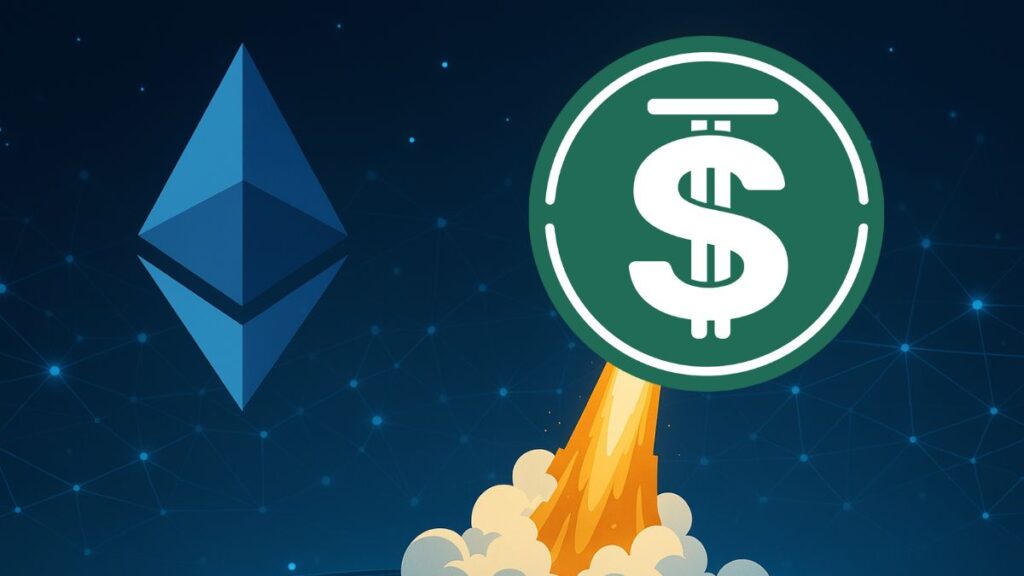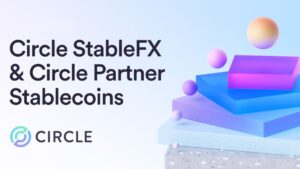TL;DR
- Ethereum Launch: USDD goes live on Ethereum with a Peg Stability Module enabling direct 1:1 swaps with USDT and USDC, aiming to boost liquidity and peg reliability.
- Yield Incentives: Airdrop campaign offers up to 12% APY for early adopters, with rewards claimable every eight hours and gradually decreasing as adoption grows.
- Market Competition: Despite strong collateral backing, the stablecoin’s $450M cap faces steep competition from dominant stablecoins like Tether and Binance’s reserves.
Justin Sun’s algorithmic stablecoin USDD has officially launched natively on Ethereum, marking a strategic expansion into one of the most liquid and competitive blockchain ecosystems. The move comes as Ethereum’s stablecoin supply reaches $165 billion, signaling a ripe opportunity for new entrants. The stablecoin’s rollout includes a Peg Stability Module (PSM) for seamless swaps and a high-yield airdrop campaign designed to attract early adopters.
The decentralized stablecoin USDD has finally arrived on Ethereum! From now on, everyone has a decentralized choice when it comes to stablecoins! USDD is growing! Swap for USDD and join mining activities with up to 12% APY! https://t.co/BnOdt3ZfHL
— H.E. Justin Sun 👨🚀 (Astronaut Version) (@justinsuntron) September 8, 2025
Peg Stability Module Enhances Liquidity
The Peg Stability Module is a key component of USDD’s Ethereum launch, allowing for direct 1:1 exchanges with USDT and USDC. This mechanism is designed to improve liquidity and maintain the dollar peg, a critical function for any stablecoin operating in volatile markets. The Ethereum contract went live on September 8 following a CertiK audit, reinforcing the project’s commitment to security and transparency. By integrating with Ethereum’s vast DeFi infrastructure, USDD aims to position itself as a viable alternative to dominant players.
Airdrop Campaign Offers Tiered APY Incentives
To incentivize adoption, USDD launched an airdrop campaign on September 9, offering up to 12% APY to Ethereum users. These rewards are tiered, gradually scaling down to 6% as adoption increases. Users can claim their rewards every eight hours via the Merkl Dashboard, creating a dynamic and engaging user experience. Justin Sun highlighted the decentralized aspect of USDD, encouraging users to “exchange for USDD and participate in mining activities” with attractive returns.

Competitive Landscape and Market Challenges
Despite its ambitious rollout, USDD faces stiff competition. Tether continues to dominate the stablecoin market, with TRON alone processing $23–25 billion in daily USDT transfers. Ethereum handles around $20 billion, while Binance controls $44 billion in stablecoins. USDD has a market cap of about $450–460 million, which is only 0.3% of Tether’s. This shows the challenges that lie ahead. Liquidity depth and collateral diversification remain key hurdles for long-term viability.
Future Plans and Collateral Strategy
USDD reports a 204.5% collateral ratio, primarily backed by TRX after Sun withdrew $726 million in Bitcoin collateral in August. While this overcollateralization aims to prevent destabilization, past stress events underscore the need for resilience. Planned upgrades include sUSDD, an interest-bearing version that generates passive yield on-chain, signaling broader ambitions for multi-chain expansion and deeper economic integration.










